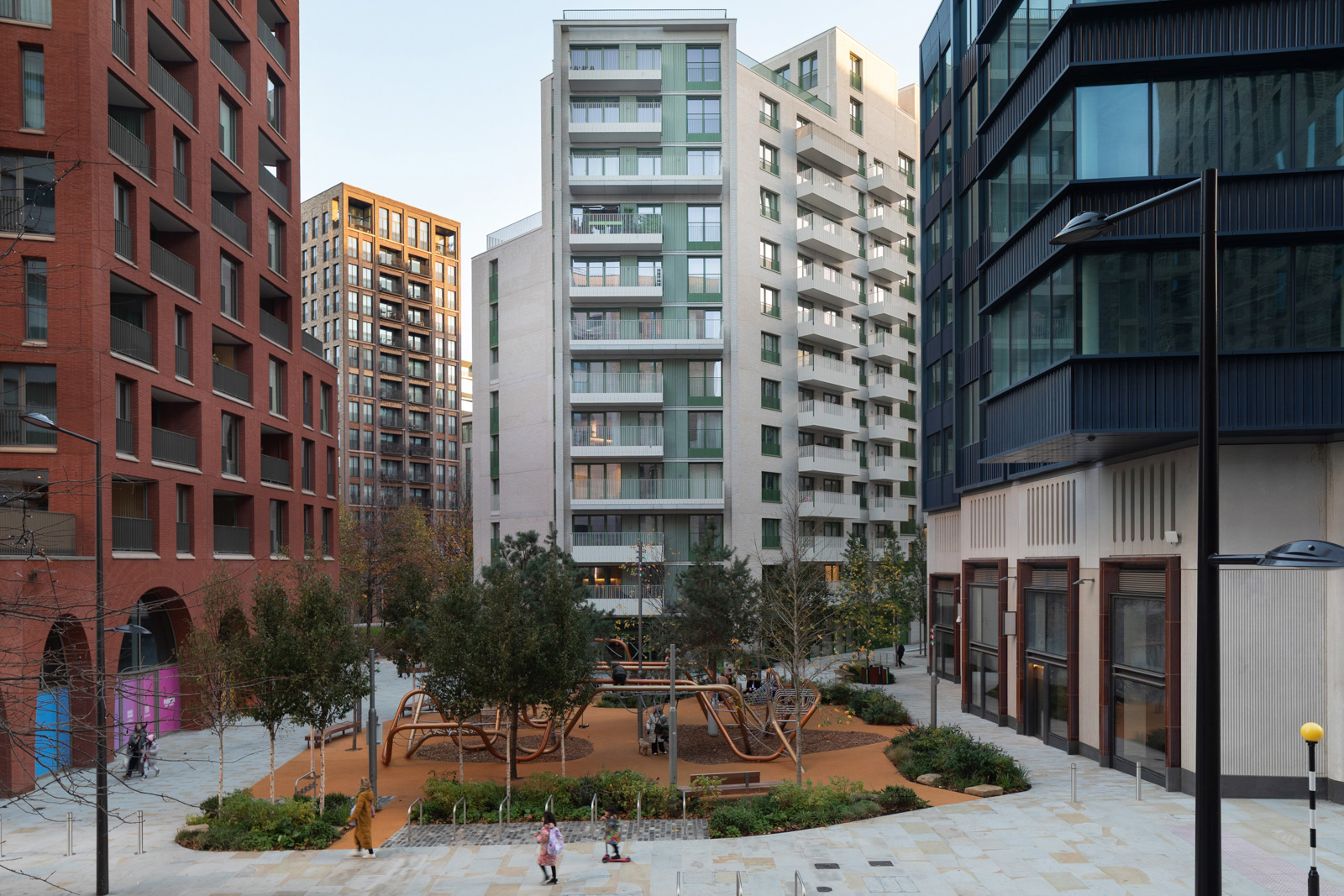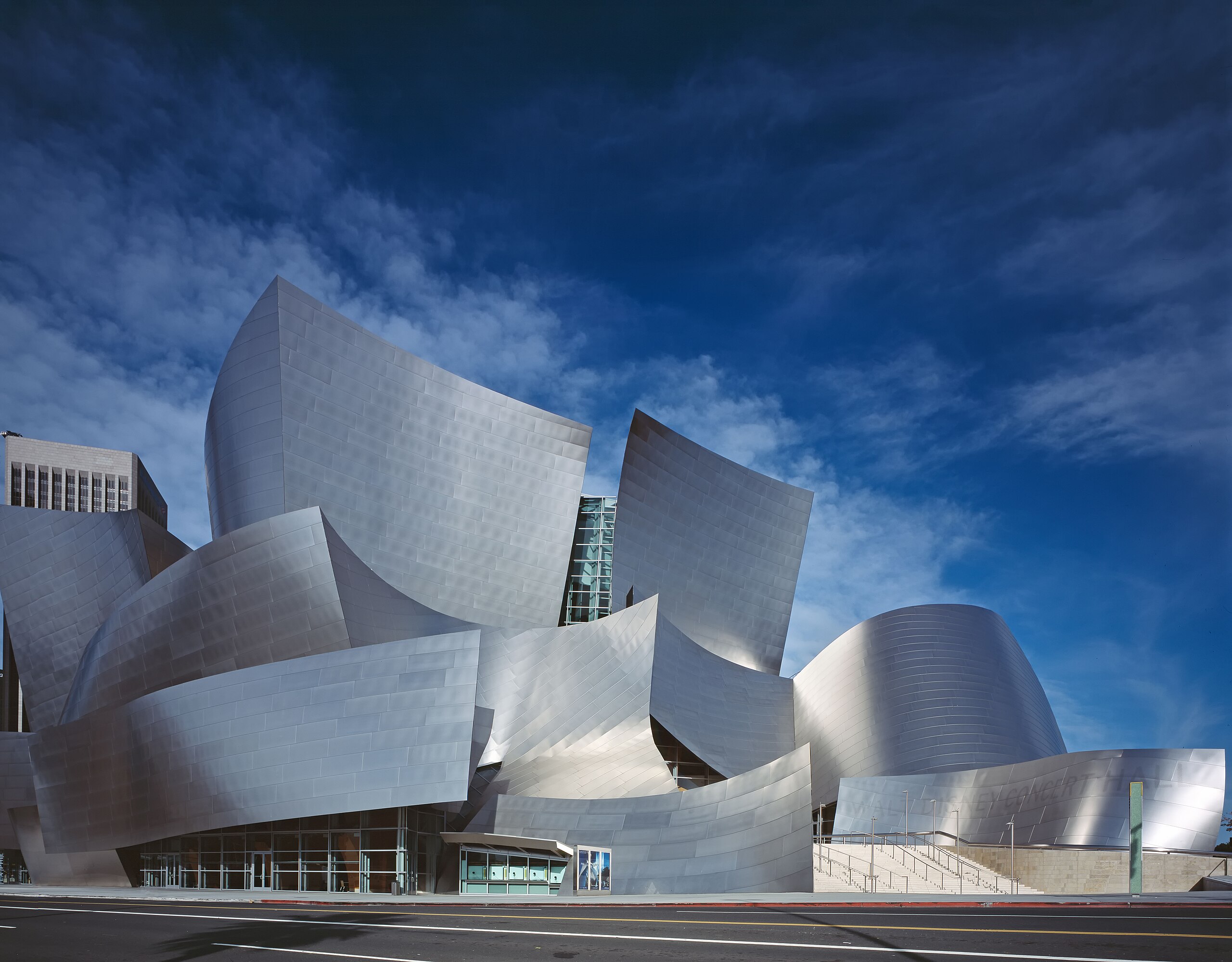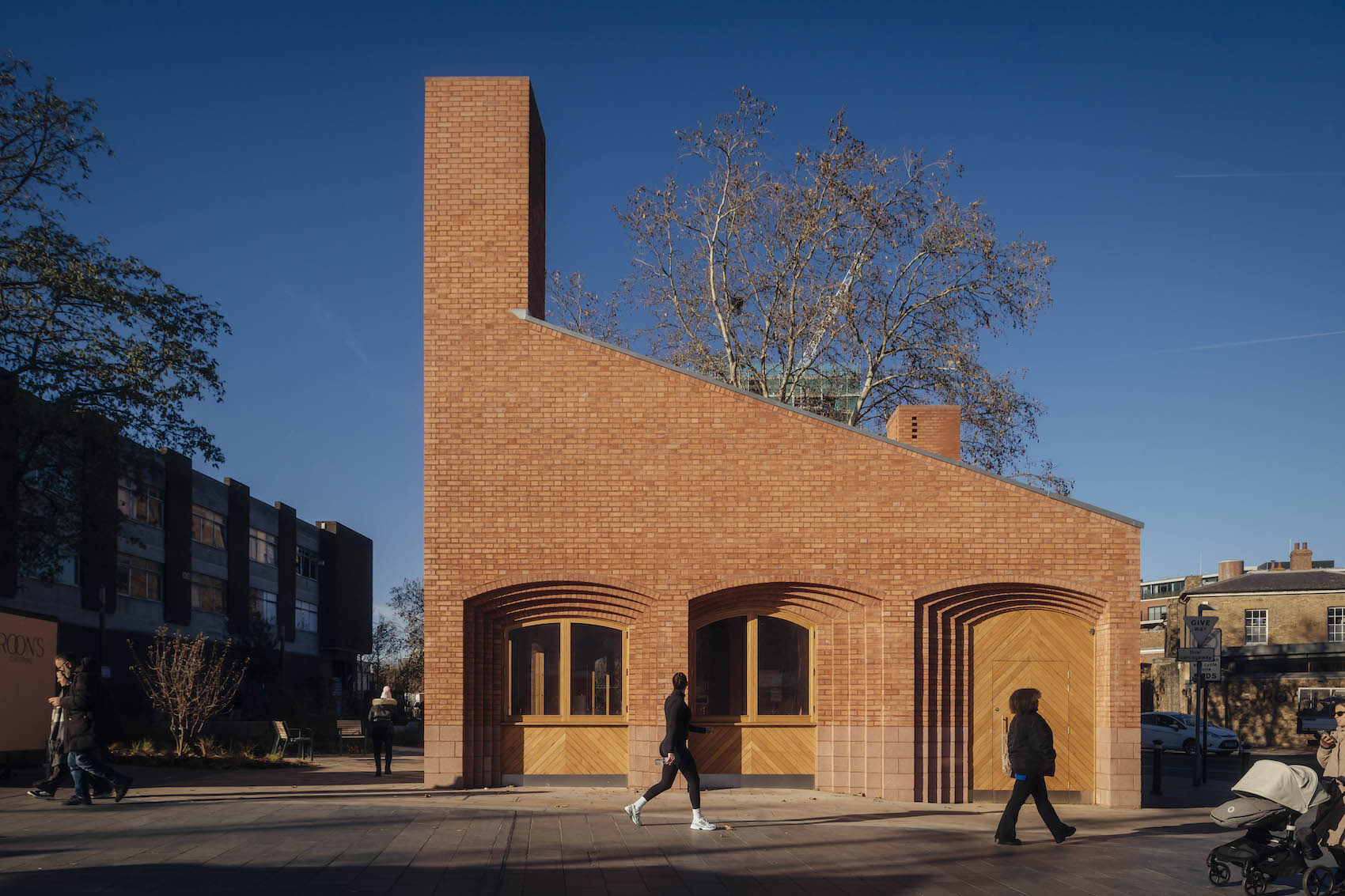Project leaders from WilkinsonEyre, NA Curtain Walling, and Schüco discuss the collaborative processes and technical challenges behind the façades of the award-winning RHS Hilltop project in Surrey, with AT’s Technical Editor John Ramshaw.
In association with![]()
At the heart of most successful façade designs is a story of collaboration, teamwork and ingenuity. In this new technical series, sponsored by Schüco, we explore these important and revealing processes through a standout project submitted for the Schüco Excellence Awards. The third article in the series examines RHS Hilltop – The Home of Gardening Science, an award-winning horticultural project in Wisley, Surrey. Completed in 2021, the project was designed by WilkinsonEyre and delivered in collaboration with specialist façade contractor NA Curtain Walling Limited (NACWL), fabricator Crown Aluminium, main contractor Osbourne, Structural engineer Michael Barclay Projects (MBP), and façade, window, and door solutions provider Schüco.
Flower power
Commissioned by the Royal Horticultural Society (RHS) for Wisley Gardens in Surrey, RHS Hilltop – The Home of Gardening Science is a 4,750-square-metre research and learning centre. Organised over two floors, the facility includes state-of-the-art laboratories, public exhibition space, teaching studios, an events hall and new facilities for the RHS’s nationally significant herbarium, science and library collections. Surrounding the £30m, building are landscaped science gardens or ‘living laboratories’.
A pair of splayed two-storey wings interact with the gardens, maximising visual connections between the inside and outside. The east wing contains the laboratories and library collections, while the west wing accommodates more public-facing facilities, including the education spaces. Connecting the two wings is a generous, light-filled double-height public exhibition space. A cantilevered steel and glass canopy announces the main entrance.
A fabric-first approach was taken by the architect with a highly efficient envelope, low U-values, excellent airtightness, and well considered glazing proportions to balance daylight and thermal performance. The materials palette is intended to balance the warmth of natural materials with the simplicity of exposed concrete and steel structural elements.
Sweet chestnut timber is used to clad the upper half of the two building wings. Horizontal slot windows with accentuated perimeter window frames interrupt the continuous two-metre rhythm of the cladding panels, punctuating the building’s mass. At ground level, there is a cast finish of precast concrete, which is recessed from the timber cladding and reads as a plinth to the main building volume. Larger spaces, such as the events hall and café/staff hub, are articulated by more substantial glazed elements, denoting their function and providing wider views of the surrounding gardens. Timber brise soleil run across these glazed zones limiting solar gain.
Maximising daylight and ventilation
“The client requested a ‘harmonised’ system supplier for all the glazed façade elements, including the curtain walling, windows, doors, bi-folding doors, rooflights, and automated smoke and heat exhaust ventilation (SHEV),” explains Simon Pearce, Head of Design at NACWL. “Schüco was identified as the supplier of choice, being one of very few firms capable of providing a solution for all these elements.”
The façades and roof make extensive use of high-performance Schüco window and door systems – all of which are finished in RAL 7016 Matt. FWS 50 capped and FWS 50 SG (structural glazing) curtain walling is used on the ground, first floor, and roof (36 units covering an area of some 700 square metres). AWS 70 HI windows are employed extensively on the ground and first floors, as well as the roof (23 units). Elsewhere, the building incorporates FWS 60 SG rooflights (29 units), as well as ADS 70 HI swing doors (five single and 25 double sets) and ASS 70 FD bi-folding doors (one set).
Developing the façade design
“During RIBA Stage 4, WilkinsonEyre engaged with potential suppliers, including Schüco, and suggested a number of indicative systems, such as FWS, ADS, and AWS, within the architectural performance-based specification,” explains Geoff Turner, Associate Director at WilkinsonEyre. “Close collaboration between ourselves and MBP ensured that the design intent of the primary and secondary steelwork relating to the façades, roofs, and canopies was clearly defined prior to tender stage. Once the contractor and their subcontractors were appointed, this close collaboration continued, particularly between NACWL, MBP, the steelwork subcontractor Hillcrest, and ourselves.”
On a project with such a range of subtly different cladding arrangements, the scope of the proprietary and bespoke systems was analysed, and design development progressed. Initially, this involved the specialist subcontractor verifying its understanding of the design intent through scope drawings, followed by a series of design workshops, 3D model exchanges, and 2D drawing exchanges in a collaborative manner. Full-scale visual mock-ups were procured of several building elements with the most difficult interfaces, ensuring that by the time the formal drawings were issued for review, the primary design concerns had been resolved.
Recalling NACWL’s involvement in the design development phase, Pearce says, “We took a pragmatic and proactive approach, working closely with the architect, main contractor, structural engineer, and Schüco. WilkinsonEyre issued us with a 3D model at the start of the project, which was instrumental in understanding the building’s complex geometries and interface details. Schüco provided support and guidance to ensure the correct systems and accessories were utilised to meet the performance specifications. We also collaborated with Schüco and the structural engineer to provide supporting calculations, verifying all of the design requirements and constraints. Weekly progress meetings were held with the design team to review progress and discuss and resolve any issues.”
Nick Silk, Key Account Manager at Schüco, explains the fabrication process, “Following the detail design phase NACWL used ‘SchueCAL take-off’ – a software that calculates the various material quantities needed – to order (through Schüco) the necessary painted bar lengths for Crown Aluminium to cut and fabricate, before final installation by NACWL. In a pre-contract meeting between Schüco and NACWL, we reviewed and checked the paint specification, lead times, delivery dates, and installation programme, among other items, to ensure the specialist contractor had everything they needed.”
Overcoming key challenges
The geometry of the building, combined with stringent environmental and security performance requirements, resulted in a number of façade challenges. The front entrance, rear entrance, and the north and south gable ends all feature two-storey glazed curtain walling with large mullions spanning up to 8.3 metres. “The front entrance also incorporates raking transoms on elevation and angular changes to the façade plane on plan, which required careful planning, as well as meticulous setting out and installation,” explains Pearce. “Fortunately, the Schüco FWS 50 system includes established details and components to deal with these challenges.”
“The complex geometry of the window and curtain wall systems includes both concave and convex facets, which are complemented by curved feature caps,” continues Pearce. Again, Schüco provided the capability to accommodate the facetted geometry within their systems, while NACWL created a bespoke carrier profile at the transition plane between curve and facet.”
“RHS Hilltop conducts world-leading horticulutural research, which requires stringent security and environmental standards. As such, the Schüco systems within the laboratories include high-security door sets with keycode/card access control, and temperature-controlled actuators within windows to aid climate control.”
Working closely with the architect and Schüco, NACWL prepared sample mock-up panels for the façades and other challenging features to agree quality standards. These were also used as part of the quality induction ‘toolbox talks’ for all the façade operatives. NACWL employed off-site fabrication for all the timber cladding elements, as well as the timber brise soleil, in order to limit on-site waste and reduce installation times by six weeks. The timber cladding is inset into numerous feature windows and doors, with the Schüco products more than capable of withstanding the 120-140kg loads. All the timber solutions are fire treated to Class B.
Reflections
Looking back on the project, Turner says, “We were impressed by the way NACWL worked collaboratively towards a common goal, and their appreciation and understanding of the design quality we were aspiring to. With a new-build project in the heart of a listed garden, we were very keen for the building to sit naturally within its landscape and context. The team’s most impressive achievement overall was assisting us in achieving this design intent.”
Pearce echoes this sentiment, “Successful cooperation enabled the project team to seamlessly integrate a range of different façade materials and interfaces resulting in a truly striking building that sits harmoniously within its site and houses a world-leading horticultural scientific centre of excellence.” Silk comments, “NACWL are a long-standing, technically-proficient and trusted Schüco partner. The collaboration between NACWL, Schüco and WilkinsonEyre exemplifies how a well-co-ordinated team effort can overcome complex challenges to deliver an outstanding site-specific building.”
Contact Details
For more information, please call 01908 282111, email, or visit the Schüco website.



















